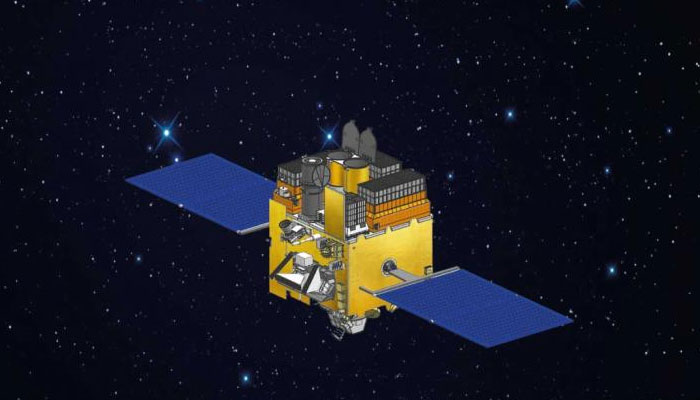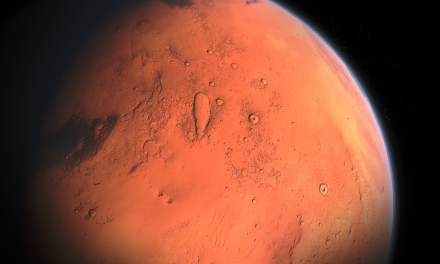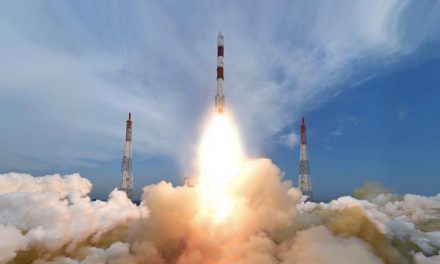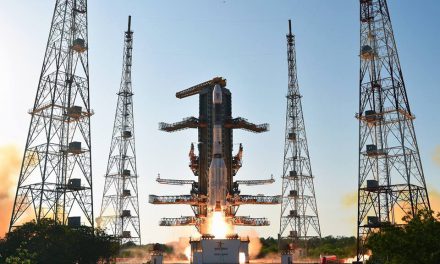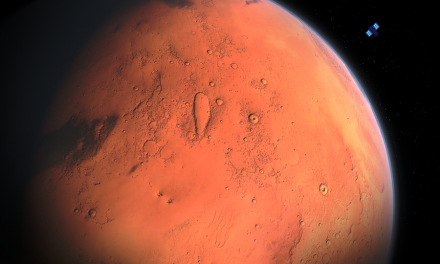Astrosat, India’s first Multi-wavelength Space Observatory was successfully launched by ISRO’s workhorse launch vehicle PSLV into a 650km orbit on September 28, 2015. Then began the process of putting each of the payloads into operation.The Charged Particle Monitor (CPM) was the first payload to go operational followed by the Cadmium Zinc Telluride Imager (CZTI), the hard X-ray detector on board Astrosat. CZTI was made fully operational on October 5, 2015. Then, on October 6, Astrosat was oriented towards Crab Nebula, remnant of the Supernova detected by Chinese astronomers in the year 1054. The Crab Nebula, which also includes the Crab Pulsar, is the brightest hard X-ray source in the sky, and is very often used to calibrate hard X-ray detectors.
Image courtesy Isro

